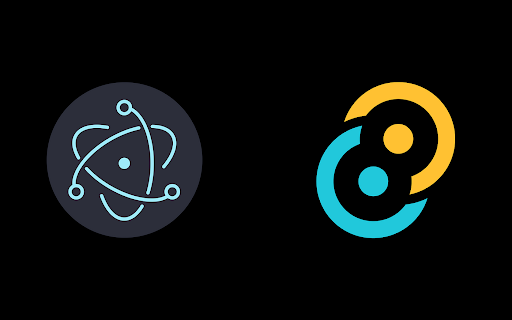Rust is a modern, high-performance programming language that has gained popularity in recent years. Originally designed for systems programming, Rust has since expanded to other areas, including frontend and web development. In this article, Marines IT explore some of the benefits Rust brings to frontend and web development and why you should consider using it.
Memory Safety
Memory safety is one of Rust’s key features. The language’s unique ownership and borrowing system ensures that memory is managed safely and efficiently. This is particularly important for frontend and web development, where performance and security are critical.
In traditional languages such as C and C++, memory safety is a major concern. Bugs related to memory management, such as buffer overflows and null pointer dereferences, are common and can lead to security vulnerabilities. Rust’s ownership and borrowing system eliminates these issues by ensuring that memory is managed safely at compile time.
Performance
Rust’s performance is another major advantage for frontend and web development. The language is designed to be fast and efficient, with a low-level syntax that allows for fine-grained control over system resources.
This is particularly important for web development, where performance is critical for user experience. Rust’s performance can lead to faster load times, smoother animations, and overall better user experience.
WebAssembly
WebAssembly is a new technology that allows developers to run high-performance code in the browser. It’s designed to be fast, secure, and portable, making it ideal for frontend and web development.
Rust is one of the few languages that can compile to WebAssembly, making it a powerful tool for web development. Rust’s memory safety and performance make it an excellent choice for writing WebAssembly code that can be run in the browser.
Concurrency
Concurrency is becoming increasingly important in frontend and web development. As applications become more complex and demand more resources, developers need to find ways to manage concurrency and prevent race conditions.
Rust’s ownership and borrowing system, combined with its lightweight threads called “async/await,” make it an excellent choice for concurrency. Rust’s threads are designed to be lightweight and efficient, allowing for better performance and more control over system resources.
Community
Finally, Rust has a vibrant and supportive community. The language has gained a following among developers who appreciate its performance, safety, and modern features. The community has created a wide range of libraries and frameworks that make Rust even more powerful for frontend and web development.
Conclusion
Rust is a modern, high-performance programming language that brings many benefits to frontend and web development. Its memory safety, performance, support for WebAssembly, concurrency, and community make it an excellent choice for building fast, efficient, and secure applications. If you’re a frontend or web developer looking for a powerful and modern language, consider giving Rust a try.

